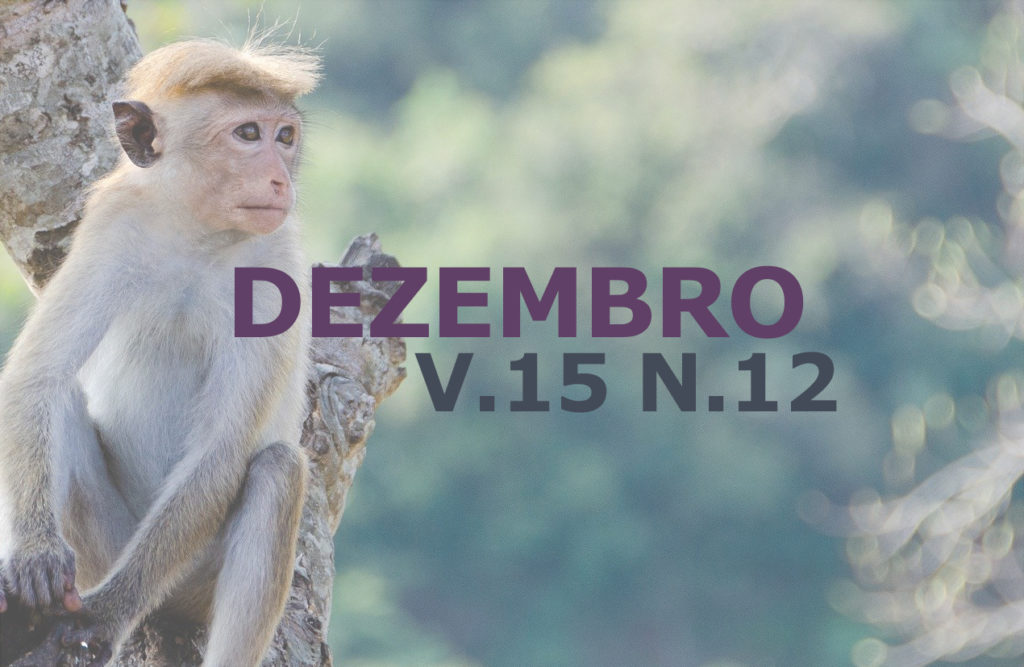Toxoplasmosis: Real role of the felines
DOI:
https://doi.org/10.31533/pubvet.v15n12a989.1-6Keywords:
Extraintestinal cycle, enteroepithelial cycle, Toxoplasma gondii, toxoplasmosisAbstract
Toxoplasmosis is considered a systemic disease caused by an intracellular parasitic protozoan called Toxoplasma gondii, belonging to the Protista kingdom, phylum Apicomplexa and family Sarcocystidae. It has a heterogenic biological cycle; therefore, it can only be completed when it has two or more hosts. It occurs in two different phases: the asexual extraintestinal cycle and sexed enteroepithelial cycle, with mammals and birds and definitive hosts as felids as the intermediate host. It is an essential disease concerning public health, as it affects pregnant women, causing harmful consequences at the fetal level. It is already known that felids are part of the transmission of Toxoplasmosis; despite this, differently from what was believed in the past, these animals do not play such an important role in this regard. The present study decided to evaluate the knowledge of 472 people regarding this. It was concluded that most interviewees know that felines are not the main culprits in transmitting the disease. However, many responded that the most important form of prevention is to avoid contact with cat feces or substances contaminated with these feces.
Downloads
Published
Issue
Section
License
Copyright (c) 2021 Beatriz Suarez Alegrucci, Caio Yassuo Aguiar Ossada, Gustavo Laranjeira Pierotti, Natália Rabello de Araújo, Ed Wilson Santos

This work is licensed under a Creative Commons Attribution 4.0 International License.
Você tem o direito de:
Compartilhar — copiar e redistribuir o material em qualquer suporte ou formato
Adaptar — remixar, transformar, e criar a partir do material para qualquer fim, mesmo que comercial.
O licenciante não pode revogar estes direitos desde que você respeite os termos da licença. De acordo com os termos seguintes:
Atribuição
— Você deve dar o crédito apropriado, prover um link para a licença e indicar se mudanças foram feitas. Você deve fazê-lo em qualquer circunstância razoável, mas de nenhuma maneira que sugira que o licenciante apoia você ou o seu uso. Sem restrições adicionais
— Você não pode aplicar termos jurídicos ou medidas de caráter tecnológico que restrinjam legalmente outros de fazerem algo que a licença permita.





